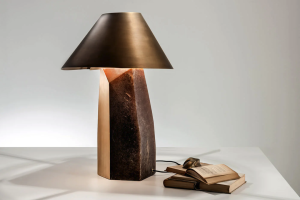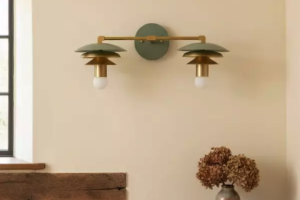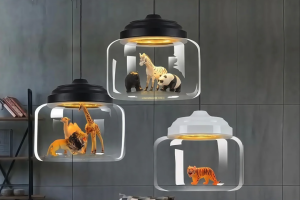Introduction
Floating lamps, also known as floating lanterns or sky lanterns, have been a popular form of decoration and celebration for centuries. These lamps are usually made of thin paper, cloth, or silk, which is then wrapped around a bamboo or wire frame. The lamp is then lit from inside, allowing it to float gently into the sky.
In many cultures, floating lamps are released into the air as a symbol of good luck, peace, and prosperity. They are used in festivals, weddings, and other celebrations to create a magical atmosphere and to bring people together. In recent years, they have also been used as a form of eco-friendly lighting and decoration for outdoor events.
History of Floating Lamps
The origin of floating lamps dates back to ancient Chinese history, where they were used for military purposes. It is said that the Chinese military invented these lamps to send secret messages during battles. They would attach messages to the lamps and release them into the air, where they would float above the enemy’s camp and provide valuable information about the enemy’s movements.
Over time, floating lamps became a popular form of decoration and celebration. The Chinese believed that the light from the lanterns would ward off evil spirits and bring good luck. The practice of releasing floating lamps during festivals and special events spread to other Asian countries, including Thailand, Japan, and Korea.
How Floating Lamps Work
Floating lamps are made up of several components, including:
– A paper, cloth, or silk cover
– A bamboo or wire frame
– Fuel source (usually a wax candle or oil)
– A string or wire for holding the lamp
Once the fuel source is lit, the heat from the flame causes the air inside the lamp to heat up and rise. This creates a low-pressure system inside the lamp, which then floats upward. The lamp continues to rise until the fuel source runs out or the air cools down, causing it to slowly descend back to the ground.
Environmental Impact
While floating lamps are a beautiful form of decoration, they can also have a negative impact on the environment. Many lamps are released into the air without a plan for collecting or disposing of them properly. They can end up in rivers, oceans, or other bodies of water, where they can harm wildlife or become a hazard for boats and other watercraft.
To address this issue, many countries have banned the use of floating lamps or put restrictions in place to limit their use. Some organizations have also developed eco-friendly alternatives, such as LED lights that can be used in place of traditional lamps.




More Posts
Enhance Your Space with a Blue Crystal Table Lamp
Enhance Your Space with the Artivo Brass Dressing Table Lamp
Illuminate Your Space with Artivo Brass Dressing Table Lamp